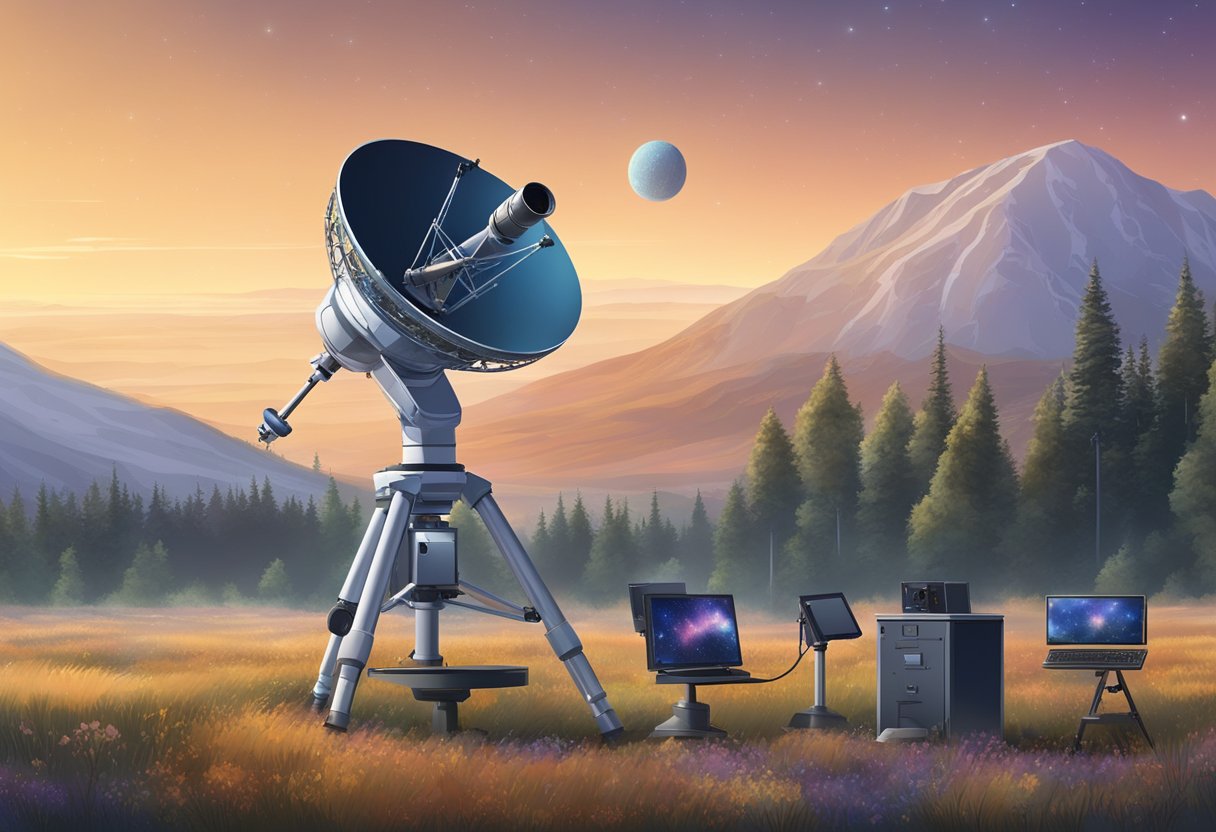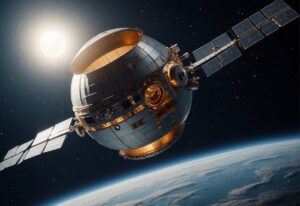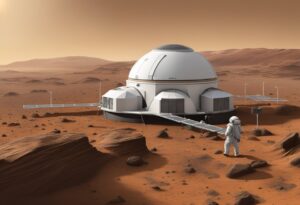Astronomy is the study of celestial objects, space, and the universe as a whole. Technological advancements have played a crucial role in advancing our understanding of the cosmos.
In recent years, astronomical research has been revolutionized by cutting-edge telescopes and observatories, innovative astronomical instruments, and advanced data analysis and simulation technologies.
Cutting-edge telescopes and observatories have been at the forefront of astronomical research in recent years.
The James Webb Space Telescope, for example, is a large infrared telescope with a 6.5-meter primary mirror. It is set to be the premier observatory of the next decade, serving thousands of astronomers worldwide. It will study every phase in the history of our Universe, ranging from the first luminous glows after the Big Bang to the formation of solar systems capable of supporting life.
Innovative astronomical instruments have also played a vital role in advancing our understanding of the cosmos.
For example, the Atacama Large Millimeter/submillimeter Array (ALMA) is a state-of-the-art radio telescope located in Chile. It is composed of 66 high-precision antennas that work together to observe the universe in unprecedented detail. ALMA has been instrumental in studying the formation of stars and planets, as well as the evolution of galaxies.
Key Takeaways
- Technological advancements have played a crucial role in advancing our understanding of the cosmos.
- Cutting-edge telescopes and observatories, innovative astronomical instruments, and advanced data analysis and simulation technologies have revolutionized astronomical research.
- Funding and future prospects are critical for the continued advancement of astronomical research.
Cutting-Edge Telescopes and Observatories
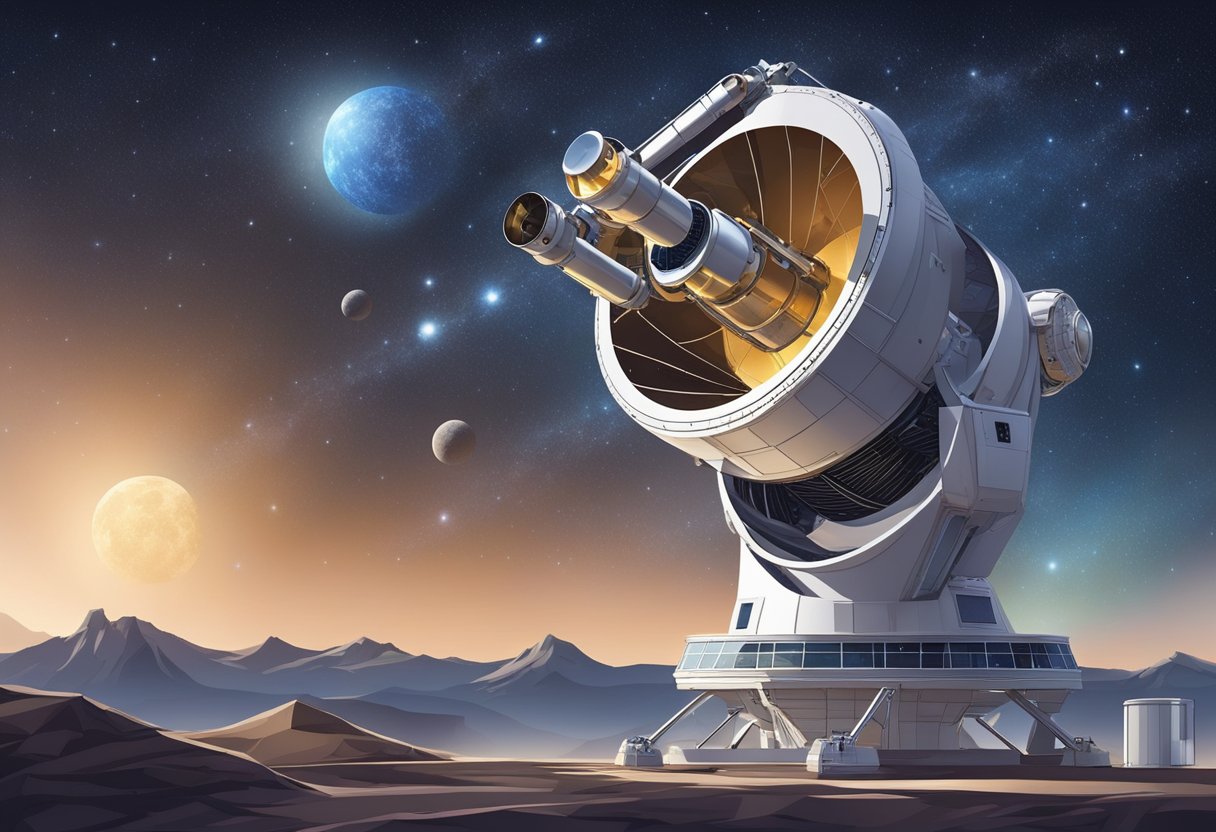
Advancements in technology have revolutionized the field of astronomy, allowing scientists to observe and study the universe in unprecedented detail.
This section will explore some of the cutting-edge telescopes and observatories that have been developed in recent years.
James Webb Space Telescope
The James Webb Space Telescope (JWST) is a joint project between NASA, the European Space Agency (ESA), and the Canadian Space Agency (CSA). It is set to launch in 2021 and will be the largest, most powerful, and most complex space telescope ever built.
The JWST will have a 6.5-meter primary mirror, which is more than twice the size of the Hubble Space Telescope’s mirror. It will also be equipped with advanced instruments, such as spectrographs, that will allow it to study the universe in infrared light.
The JWST will be able to study the first galaxies that formed after the Big Bang, as well as the formation of stars and planetary systems. It will also be used to study the atmospheres of exoplanets, which could provide clues about the potential for life beyond our solar system.
Advancements in Telescope Design
In addition to the JWST, there have been many other advancements in telescope design in recent years.
For example, new mirror technologies have been developed that allow for larger, more precise mirrors to be built. This has led to telescopes with higher resolution and sensitivity, such as the Atacama Large Millimeter Array (ALMA) in Chile.
Advancements in computer technology have also allowed for more sophisticated control systems, which can compensate for atmospheric distortion and improve image quality. This has led to the development of adaptive optics systems, which can correct for distortions in real time.
CubeSats and Small-Scale Observatories
Finally, there has been a trend towards the development of smaller, more affordable observatories.
CubeSats, for example, are small, cube-shaped satellites that can be launched into space at a relatively low cost. They can be used for a variety of scientific purposes, including astronomical observations.
Small-scale ground-based observatories have also become more popular in recent years.
These observatories can be built for a fraction of the cost of larger observatories and can be used for a variety of research purposes. They are often used by amateur astronomers, as well as by professional astronomers who need to observe specific objects in the sky.
Innovative Astronomical Instruments
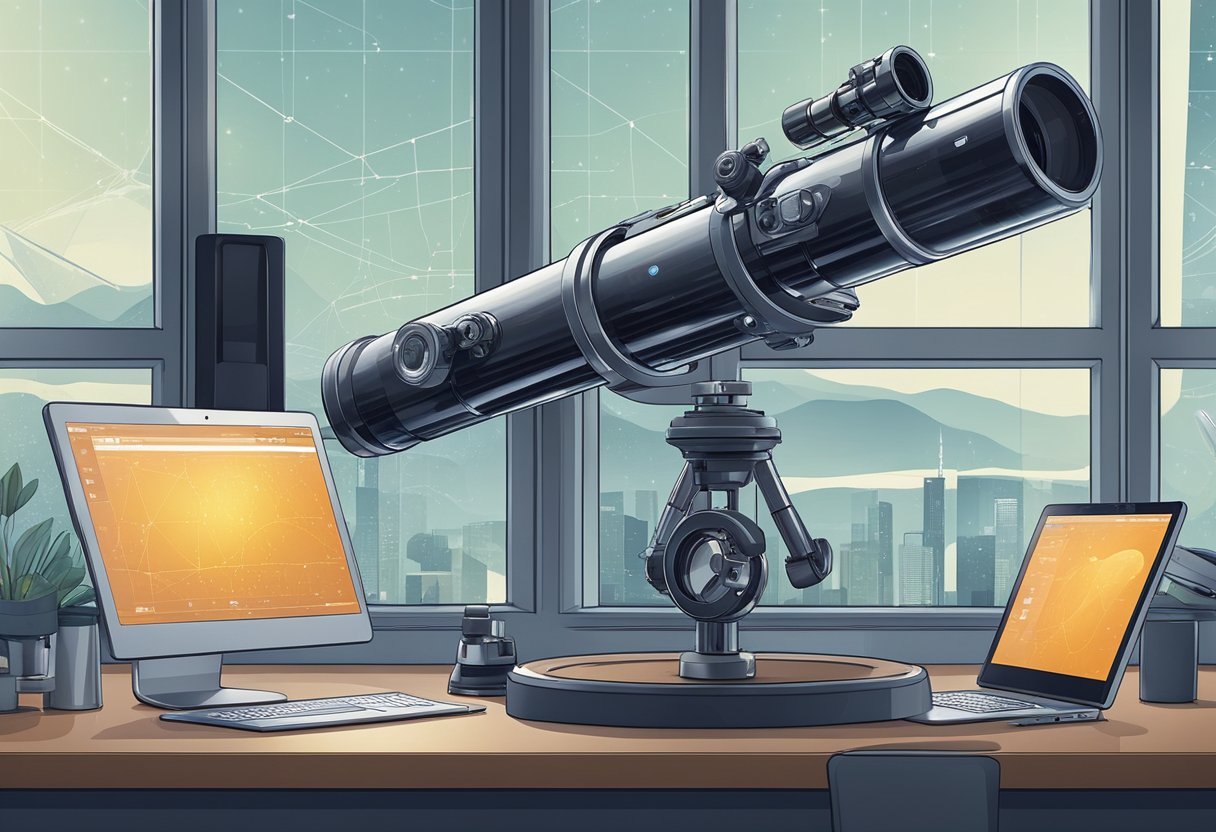
Astronomical instruments have come a long way since the invention of the telescope. With the advent of new technology, astronomers can now observe the universe in unprecedented detail.
Some of the most innovative instruments used in modern astronomy include high-resolution cameras and spectrographs, adaptive optics, and lucky imaging.
High-Resolution Cameras and Spectrographs
High-resolution cameras and spectrographs are state-of-the-art instruments that allow astronomers to capture detailed images of celestial objects and analyze their spectra.
These instruments use advanced technology to reduce noise and improve the resolution of the images they capture. They also require careful calibration to ensure accurate measurements.
One example of a high-resolution camera used in astronomy is the Hubble Space Telescope’s Advanced Camera for Surveys.
This instrument has a resolution of 0.03 arcseconds and can capture images in ultraviolet, visible, and near-infrared wavelengths.
Another example is the Keck Observatory’s Near-Infrared Spectrograph, which can analyze the spectra of distant galaxies and quasars.
Adaptive Optics
Adaptive optics is a technology that allows astronomers to correct for atmospheric distortion and obtain clearer images of celestial objects.
This technology uses deformable mirrors to adjust the shape of the telescope’s primary mirror in real-time, compensating for the distortions caused by the Earth’s atmosphere. This results in images with much higher resolution than would be possible without adaptive optics.
One example of an adaptive optics system used in astronomy is the Gemini Observatory’s Multi-Conjugate Adaptive Optics system.
This system uses three deformable mirrors to correct for atmospheric distortion, allowing astronomers to obtain high-resolution images of distant galaxies and star clusters.
Lucky Imaging
Lucky imaging is a technique used in astronomy to obtain high-resolution images of celestial objects.
This technique involves taking a large number of short exposures of an object and selecting only the sharpest images for further analysis. By selecting only the best images, astronomers can obtain images with much higher resolution than would be possible with a single long exposure.
One example of a lucky imaging instrument used in astronomy is the Lucky Imaging camera at the William Herschel Telescope.
This camera can capture images with a resolution of 0.07 arcseconds, allowing astronomers to study the surfaces of planets and moons in our solar system in unprecedented detail.
Data Analysis and Simulation Technologies
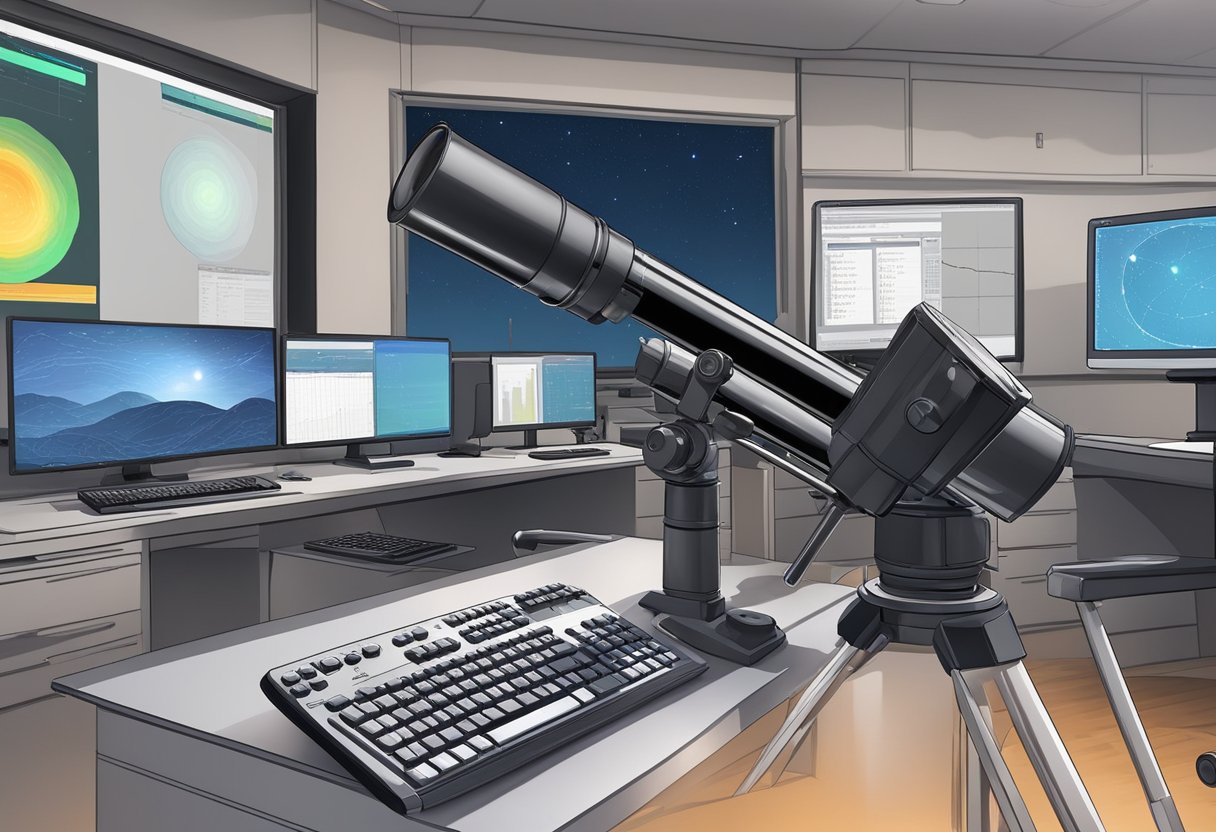
Advancements in technology have allowed astronomers to collect vast amounts of data from their observations. However, the sheer amount of data produced by modern telescopes can be overwhelming.
Therefore, data analysis and simulation technologies have become crucial for astronomers to make sense of the data.
Asteroseismology and Variable Stars
Asteroseismology is the study of the internal structure of stars by analyzing their oscillations. This technique has been used to study variable stars, which are stars that change in brightness over time.
By analyzing the oscillations of variable stars, astronomers can determine their age, mass, and chemical composition.
Data analysis techniques, such as machine learning algorithms and big data frameworks, are being applied to the vast amounts of data collected from observations of variable stars.
These techniques allow astronomers to identify patterns in the data that would be impossible to detect by eye.
Black Hole and Exoplanet Discoveries
Observations of black holes and exoplanets have revolutionized our understanding of the universe. However, these objects are often difficult to observe directly, so simulations are used to model their behavior.
Simulations of black holes and their interactions with other objects have led to groundbreaking discoveries in gravitational lensing and the study of strong gravitational fields.
Meanwhile, simulations of exoplanets have allowed astronomers to study their atmospheres and determine their habitability.
Optical technology has also played a crucial role in the discovery of black holes and exoplanets.
The development of adaptive optics, which corrects for atmospheric turbulence, has allowed astronomers to observe these objects with unprecedented clarity.
Funding and Future Prospects

Federal and International Funding Initiatives
The field of astronomy has long been dependent on funding from various federal and international organizations.
The National Science Foundation (NSF) in the United States has been a major source of funding for astronomy research, providing support for both ground-based and space-based observatories. In addition, NASA and the European Space Agency (ESA) have also contributed significantly to the development of new technologies and instrumentation for astronomy.
China has also emerged as a major player in the field of astronomy, with the country investing heavily in space-based observatories and other technologies.
The country’s Five-hundred-meter Aperture Spherical Telescope (FAST) has been hailed as a major breakthrough in radio astronomy, while its Dark Matter Particle Explorer (DAMPE) satellite has helped to shed new light on the nature of dark matter.
Impact of Early Seed Funding on Research
While federal and international funding initiatives are crucial for the development of new technologies and instrumentation, early seed funding can also have a significant impact on the long-term success of astronomy research.
The NSF’s Advanced Technologies and Instrumentation (ATI) program, for example, provides small grants to support the development of new technologies and instrumentation for astronomy.
These seed grants can help to jumpstart new research projects, providing researchers with the resources they need to develop and test new ideas. Over time, these projects can lead to major breakthroughs in our understanding of the universe, paving the way for new discoveries and advancements in the field of astronomy.
Future of Astronomy
Looking ahead, the future of astronomy appears bright, with new technologies and instrumentation continuing to emerge.
From ground-based observatories to space-based telescopes, astronomers have access to an ever-expanding suite of tools for exploring the universe.
As funding for astronomy research continues to grow, and as new breakthroughs are made in the field, it is likely that we will continue to gain new insights into the nature of the universe and our place within it.
With exciting new projects on the horizon, including the James Webb Space Telescope and the Large Synoptic Survey Telescope, the future of astronomy looks brighter than ever.

